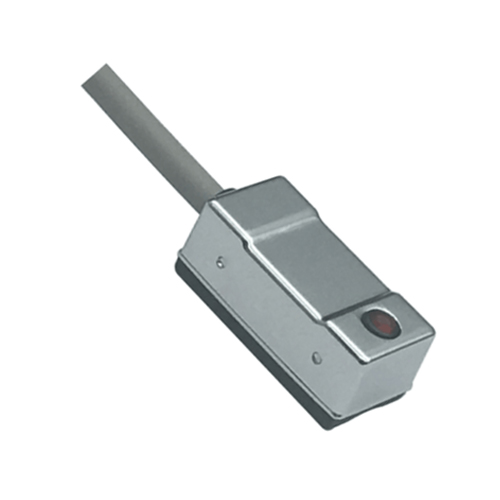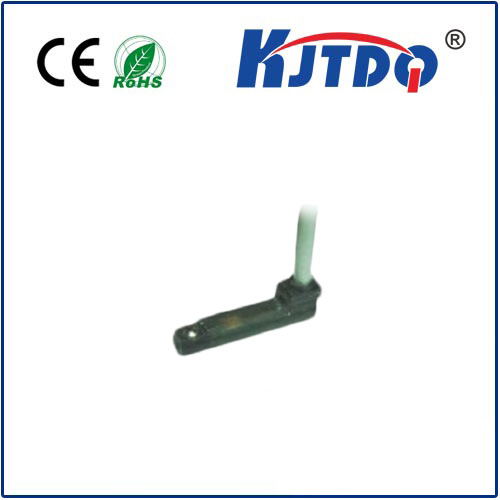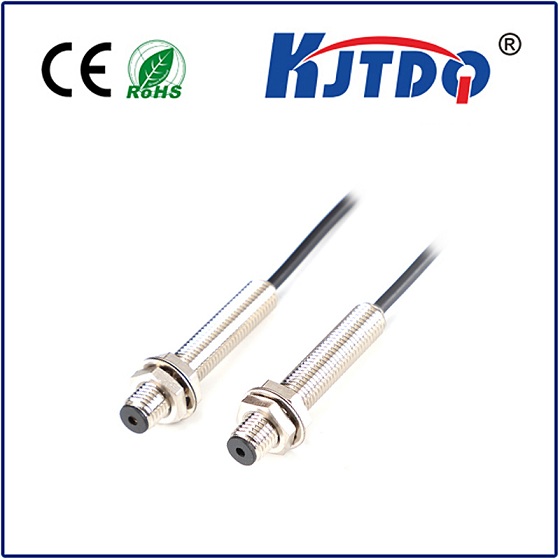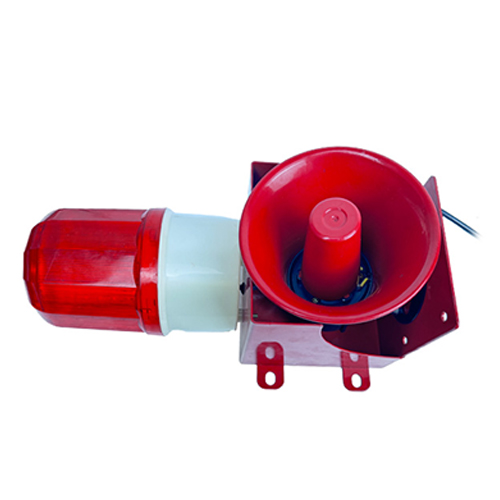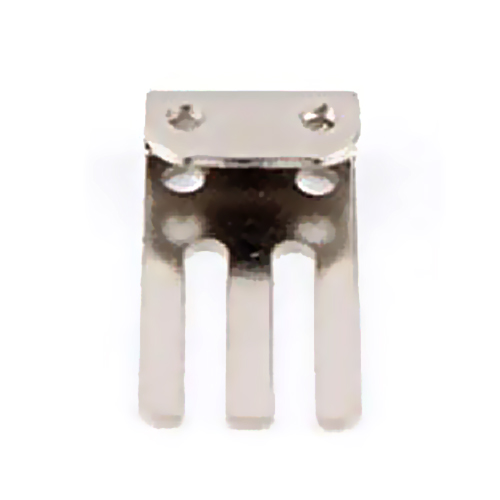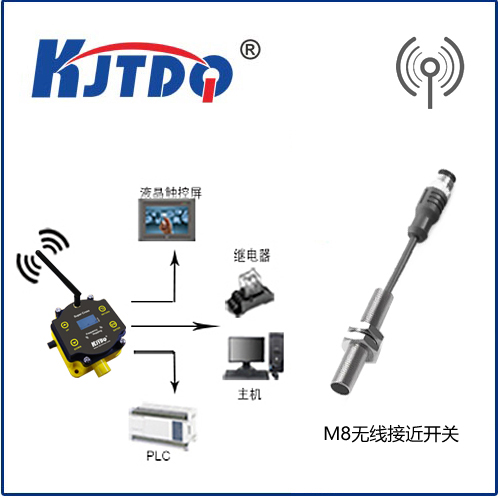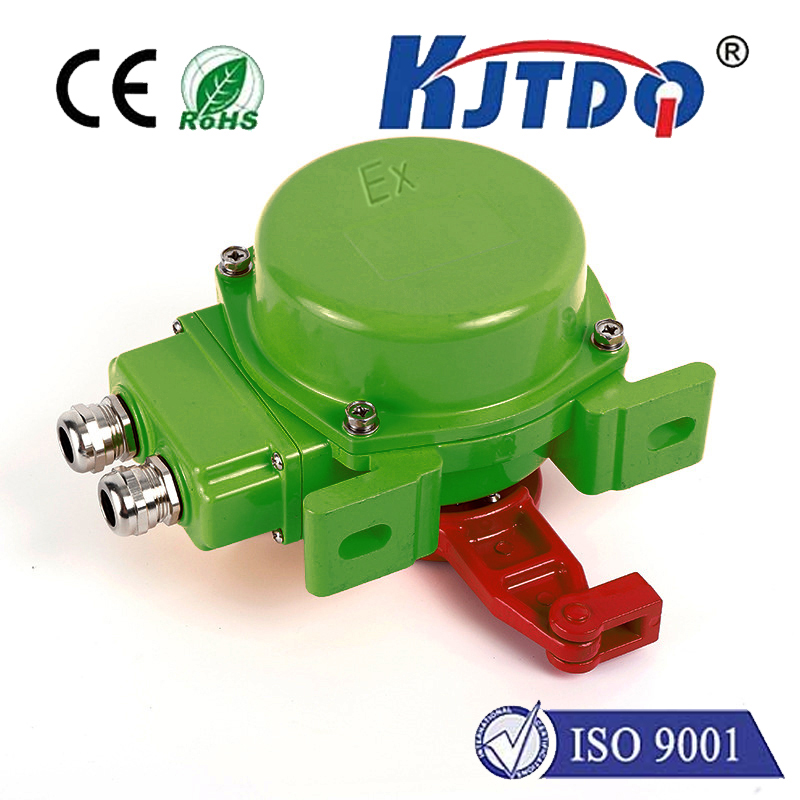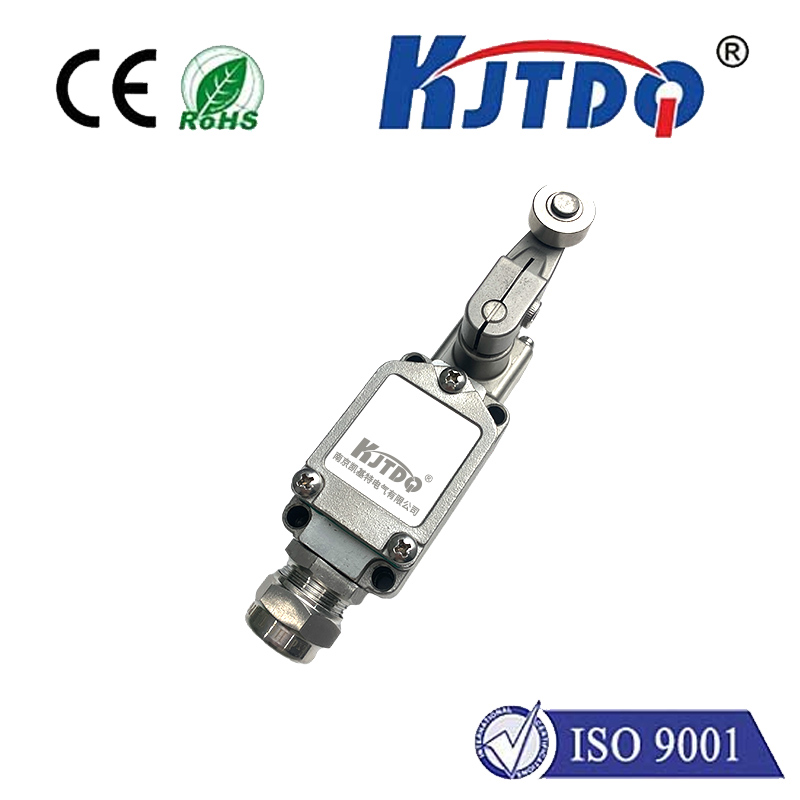Переключатель верхнего предела влажности
- time:2025-08-02 03:42:01
- Нажмите:0
Humidity High Limit Switch: The Unsung Guardian Against Moisture Mayhem
Excess humidity isn’t just uncomfortable; it’s a silent destroyer. It warps wood, breeds mold, corrodes electronics, and compromises product integrity across countless industries. Left unchecked, damp air can inflict catastrophic damage and incur massive costs. Enter the Переключатель верхнего предела влажности, a critical yet often overlooked safety device silently standing guard against the pervasive threat of uncontrolled moisture. This simple component is the essential fail-safe, preventing environmental control systems from inadvertently creating hazardous or damaging conditions when humidity levels climb too high.
Understanding the Humidity High Limit Switch: Purpose and Principle
At its core, a humidity high limit switch is a safety control device. Its primary function is to monitor the relative humidity within a controlled environment and automatically interrupt a process or shut down equipment when a preset humidity threshold – the “high limit” – is exceeded. Think of it as a vigilant guardian constantly measuring the air’s moisture content.
Unlike a thermostat set to maintain a precise humidity level, the Переключатель верхнего предела operates as a safety net. Its activation signifies that something has gone wrong within the system responsible for humidity control – perhaps a dehumidifier failure, a stuck valve, a leak, or a significant process upset. When the switch detects humidity surpassing its calibrated high limit, it triggers an action to prevent potential consequences, such as:

- Condensation and Water Damage: Preventing dripping water that can ruin sensitive equipment, inventory, or building materials.
- Mold and Mildew Growth: Halting conditions favorable to microbial infestation, vital for health, food safety, and material preservation.
- Electrical Failure: Stopping condensation-induced short circuits or corrosion in control panels and machinery.
- Product Degradation: Protecting pharmaceuticals, food products, paper, wood, textiles, and artwork from moisture absorption or chemical reactions.
- Process Contamination: Safeguarding cleanrooms or controlled manufacturing environments from humidity-induced defects.
How Does a Humidity High Limit Switch Work?
Most modern humidity high limit switches rely on electronic sensors, typically polymer-based or capacitive types. These sensors undergo measurable changes in electrical properties (like capacitance or resistance) in direct response to changes in the surrounding air’s moisture content. This physical change is detected by the switch’s internal electronics.
- Set Point: The critical high humidity level is predetermined during installation or calibration. This is the point at which action must be taken.
- Sensing: The sensor element continuously measures the ambient relative humidity.
- Сравнение: The switch’s internal circuitry compares the sensed humidity against the pre-set limit.
- Action (Trip): When the sensed humidity exceeds the high limit set point, the switch changes its electrical state. This typically involves opening (breaking) or closing (making) a set of electrical contacts within its integrated relay.
- System Response: This contact change is wired into the control circuit of the equipment being protected (e.g., a humidifier, steam valve, damper actuator, HVAC unit, or an entire process line). The altered signal forces the connected system to either de-energize (shut down) or initiate a corrective action (like activating emergency ventilation or an alarm).
Where is a Humidity High Limit Switch Essential?
The application of humidity high limit switches is vast, spanning industries where precise moisture control is paramount or where excessive humidity poses significant risks:
- HVAC Systems: Crucial safety components, particularly in systems using steam humidification. They prevent oversaturation of ductwork and supply air, which could lead to condensation, water damage downstream, and microbial growth inside ducts. They act as the critical backup if the primary humidistat control fails.
- Industrial Drying & Curing Ovens: Ensuring humidity levels don’t rise uncontrollably during processes like paint curing, powder coating, or textile drying, which could compromise product quality, create safety hazards, or damage equipment.
- Cold Storage Facilities & Refrigeration: Preventing excessive humidity ingress during door openings or due to equipment malfunction, which leads to severe frost build-up on evaporator coils (icing), drastically reducing efficiency and potentially damaging compressors. The Переключатель верхнего предела often triggers defrost cycles or alarms.
- Museums, Archives & Libraries: Protecting priceless artifacts, documents, and books from irreversible damage caused by high humidity, such as warping, mold, and ink smearing. They are vital components of specialized environmental control systems.
- Greenhouses & Agricultural Storage: Preventing conditions that foster plant diseases (like botrytis or powdery mildew) or spoilage of stored crops due to excess moisture.
- Pharmaceutical Manufacturing & Cleanrooms: Maintaining stringent environmental conditions critical for product stability and contamination control. A humidity spike can ruin batches or compromise sterility.
- Server Rooms & Data Centers: Protecting sensitive electronic equipment from corrosion and condensation-related failures. Even brief periods of high humidity can be detrimental.
- Swimming Pools & Spas: Managing ventilation systems to prevent condensation and structural damage in adjacent building areas caused by constant high moisture levels.
Choosing and Implementing the Right Switch: Key Considerations
Selecting and installing a Переключатель верхнего предела влажности requires careful thought:
- Accuracy and Range: Ensure the switch’s measurement range encompasses the potential problem humidity levels and offers sufficient accuracy for the application’s criticality.
- Set Point Adjustability: Is the high limit fixed or field-adjustable? Adjustability provides flexibility for tuning and future changes.
- Differential (Hysteresis): This is the difference between the point where the switch trips (opens or changes state) and the point where it resets (returns to normal state) once humidity falls. Adequate hysteresis prevents rapid, damaging cycling of the connected equipment.
- Reset Mechanism: Manual reset switches require physical intervention after a trip, ensuring the cause of the humidity excursion is investigated before restarting. Automatic reset switches reactivate when humidity drops below the set point minus the differential. Manual reset is strongly recommended for critical safety applications.
- Environmental Compatibility: Consider temperature limits, potential exposure to chemicals, dust, or direct water spray. Choose an appropriate enclosure rating (e.g., NEMA 4X for harsh environments) and sensor type robust enough for the location.
- Electrical Ratings: Ensure the switch’s relay contacts can handle the voltage and current (amperage) required by the circuit it controls.
- Sensor Location: Placement is critical for accurate sensing. Avoid dead air zones, direct sunlight, heat sources, steam jets, or areas directly affected by airflow from vents. Mount the sensor where the critical humidity condition needs to be detected, representative of the protected space.
- Calibration and Maintenance: Like any sensor, periodic calibration against a known standard is essential to maintain accuracy over time. Dust buildup on the sensor element can impair performance, necessitating regular inspection and cleaning according to the manufacturer’s guidelines.
The Value Proposition: Why This Small Device is Crucial
The Переключатель верхнего предела влажности represents a fundamental principle in engineering: safety through design. While dehumidifiers and control systems manage the day-to-day regulation, the high limit switch provides the indispensable layer of protection. Its benefits are clear:
- Asset Protection: Safeguards expensive equipment, inventory, infrastructure, and irreplaceable items from costly moisture damage.
- Process Integrity: Prevents production losses, waste, and quality issues caused by humidity excursions.
- Энергоэффективность: Prevents systems like refrigeration units from working excessively hard due to icing caused by uncontrolled humidity, saving energy.
- Reduced Downtime: By preventing catastrophic failures, it minimizes unplanned outages and maintenance

